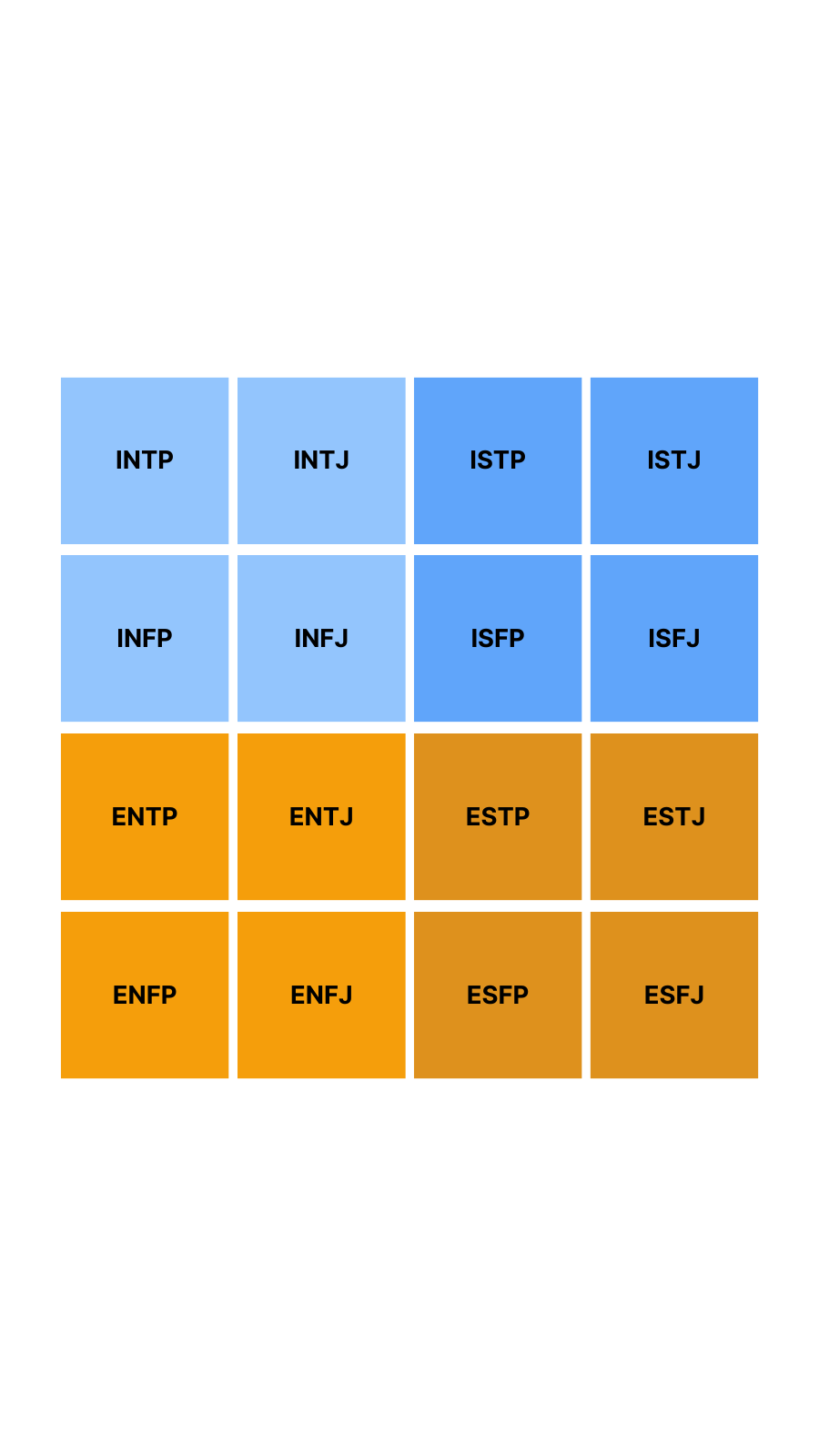Terse, aloof, and analytical, the INTP forges their own path and isn't afraid to fight about it.
Reading time: 5 minutes

Gregory Park, Ph.D.
Author
This series of short articles describes several aspects of the INTP personality type.
You can jump straight to any section by clicking the links below, or keep reading to learn about the definition of the INTP personality type.
INTPs are Introverted, Intuitive, Thinking, and Perceiving.
In the popular Myers-Briggs or 16-personalities tradition, all personalities belong to one of 16 types. Each type is defined by preferences across four cognitive functions:
Here’s how to understand the INTP’s place on all four dimensions:

Do you know your personality type?
See how your personality compares to all 16 types with TraitLab's comprehensive assessment.
INTPs have an introverted attitude or orientation.
INTPs tend to focus more on the inner, subjective world of concepts and ideas, while an extraverted attitude leads to a greater focus on the external world of objects and people.
INTPs prefer to use the cognitive function of intuition over sensing when taking in information about the world.
This dimension, intuition vs. sensing, is known as the perceiving function in MBTI theory.
Intuition refers to perception from sources other than the sensory system. INTPs prefer to use their perception of abstract patterns, connections, “gut feeling” about a situation, rather than relying more heavily on perception directly through the sensory system (sensing).
INTPs prefer using their thinking function when judging information and assessing values and needs among people.
This dimension, thinking vs. feeling, is known as the judging function in MBTI theory.
By prefering thinking over feeling as their judging function, INTPs lean heavily on logic, consistency, and correctness when making decisions, rather than focusing on others’ emotions, desires, and perceptions.
As a perceiving type, INTPs tend to present their perceiving function of intuition to the external world.
Because they present their perceiving function externally, other people see INTPs as highy intuitive, curious, and interested in abstract concepts and ideas.
The four-letter types from MBTI theory encode each type’s attitudes and preferred cognitive functions.
For the INTP,
From this, we can determine how the INTP prefers the four cognitive functions of intuition, sensing, thinking, and feeling:
Why? INTPs have an introverted attitude (I) and a perceiving attitude (P), so they present their perceiving function (N) to the external world.
However, as an introverted type, INTPs prefer an orientation to the inner world, so their primary cognitive function is not what they show to the external world. Instead, their primary cognitive function is their preferred judging function: thinking (T).
INFPs’ secondary function is the one they show to their external world: intuition. This counterbalances their introverted primary function.
In MBTI theory, the tertiary function is the opposite of the auxiliary function, which for INTPs is sensing.
Lastly, the inferior function is the opposite of the primary function, which for INFPs is feeling. The inferior function in all personality types is the least developed function.
According to the MBTI, somewhere between 3% and 7% of all people will be classified as an INTP.
For comparisons between INTPs and other types from the 16 Personality typology, visit any of the type pairings below: